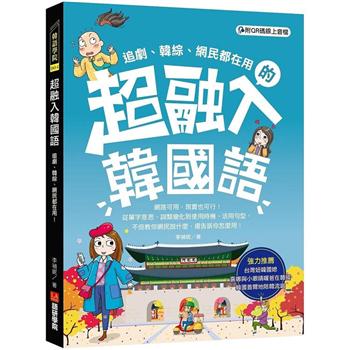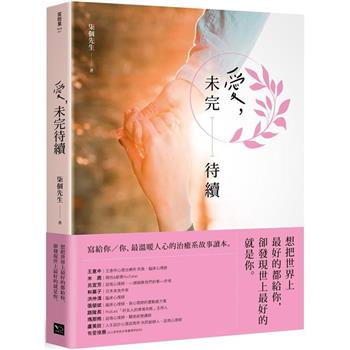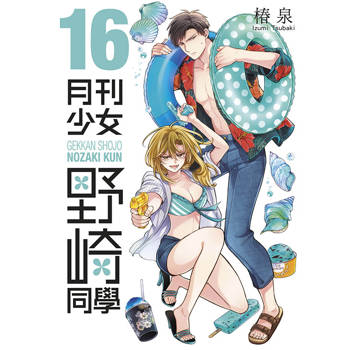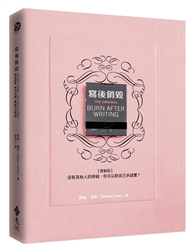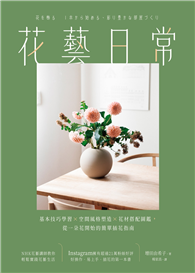To deepen the understanding of cultural and social background of the calligraphy masterpieces of Imperial China.
The Palace Museum’s Essential Collection
Selected 150 calligraphy masterpieces from the Western Jin Dynasty to the Qing Dynasty.
The Palace Museum, the Forbidden City, has a comprehensive collection of the world's largest treasury of ancient Chinese art. The Museum is an abundant resource for anyone who are interested in Chinese paintings, ceramic wares, jade wares, calligraphy, furniture, and other valuable treasures.
This title offers descriptions of a selected collection of
150 calligraphy masterpieces from the Western Jin Dynasty to the Qing Dynasty. In terms of both size and quality, the Palace Museum is peerless for its collection of model-calligraphies. Each calligraphic work is a crystallization of superb originality and imagination, be it a letter, a literary piece, a sutra, or a copy.
The introductory essay written by the Museum’s expert offers the reading public a general understanding of model-calligraphies and the development of the unique art of Chinese calligraphy.
中國故宮藏品圖解之絕對珍藏本,讓你一本看通中國書法珍品
專家解說中國故宮西晉到清朝的書法珍品,展現各時期的獨特風格
本書特色
★ 精選故宮最具代表性的120件書法藏品。
★ 含實物放大圖、圖解和故宮專家撰寫的導言。
| FindBook |
有 4 項符合
Chinese Calligraphy的圖書 |
| 圖書館借閱 |
| 國家圖書館 | 全國圖書書目資訊網 | 國立公共資訊圖書館 | 電子書服務平台 | MetaCat 跨館整合查詢 |
| 臺北市立圖書館 | 新北市立圖書館 | 基隆市公共圖書館 | 桃園市立圖書館 | 新竹縣公共圖書館 |
| 苗栗縣立圖書館 | 臺中市立圖書館 | 彰化縣公共圖書館 | 南投縣文化局 | 雲林縣公共圖書館 |
| 嘉義縣圖書館 | 臺南市立圖書館 | 高雄市立圖書館 | 屏東縣公共圖書館 | 宜蘭縣公共圖書館 |
| 花蓮縣文化局 | 臺東縣文化處 |
|
|
圖書介紹 - 資料來源:博客來 評分:
圖書名稱:Chinese Calligraphy
內容簡介
作者介紹
作者簡介
故宮博物院
SHAN JIXIANG, was born in Beijing in 1954. He received his doctorate degree in Urban Planning and Design from the School of Architecture, Tsinghua University, and studied in Japan from 1980 to 1984. After his return to China, Dr. Shan held several posts such as deputy director of Beijing Municipal Administration of City Planning, director of Beijing Municipal Administration of Cultural Heritage, director of Beijing Municipal Commission of Urban Planning, and director of the State Administration of Cultural Heritage. Since January of 2002, Dr. Shan has taken up positions of director of the Palace Museum, researcher of the Palace Museum, director of China Cultural Relics Academy, and vice chairman of China Building Decoration Association.
WANG LIANQI, was born in Jiaxiang county of Shandong province. He finished his secondary school education in 1966 due to the Cultural Revolution. Then, he studied history and literature on his own and became the student of Mr. Li Qingyun and Mr. Xu Daxian. Since 1979, he has been working in the Palace Museum. He received Mr. Qigong’s guidance with regard to ancient paintings, calligraphy and the evaluation of rubbings. Now he is the research fellow of the Palace Museum, a member of the academic committee, a member of the National Committee of Cultural Relics. With decades of experience in the research and evaluation work of ancient Chinese paintings, Mr. Wang is a contemporary expert in the evaluation of ancient calligraphy, paintings and rubbings
故宮博物院
SHAN JIXIANG, was born in Beijing in 1954. He received his doctorate degree in Urban Planning and Design from the School of Architecture, Tsinghua University, and studied in Japan from 1980 to 1984. After his return to China, Dr. Shan held several posts such as deputy director of Beijing Municipal Administration of City Planning, director of Beijing Municipal Administration of Cultural Heritage, director of Beijing Municipal Commission of Urban Planning, and director of the State Administration of Cultural Heritage. Since January of 2002, Dr. Shan has taken up positions of director of the Palace Museum, researcher of the Palace Museum, director of China Cultural Relics Academy, and vice chairman of China Building Decoration Association.
WANG LIANQI, was born in Jiaxiang county of Shandong province. He finished his secondary school education in 1966 due to the Cultural Revolution. Then, he studied history and literature on his own and became the student of Mr. Li Qingyun and Mr. Xu Daxian. Since 1979, he has been working in the Palace Museum. He received Mr. Qigong’s guidance with regard to ancient paintings, calligraphy and the evaluation of rubbings. Now he is the research fellow of the Palace Museum, a member of the academic committee, a member of the National Committee of Cultural Relics. With decades of experience in the research and evaluation work of ancient Chinese paintings, Mr. Wang is a contemporary expert in the evaluation of ancient calligraphy, paintings and rubbings
目錄
Forewords
Introducing the Palace Museum to the World
Looking at History through Art
An Introductory Essay
An Overview of the Art of Ancient Chinese Calligraphy
The Jin, Tang, and The Five Dynasties Periods
The Song Dynasty
The Yuan Dynasty
The Ming Dynasty
The Qing Dynasty
Dynastic Chronology of Chinese History
Introducing the Palace Museum to the World
Looking at History through Art
An Introductory Essay
An Overview of the Art of Ancient Chinese Calligraphy
The Jin, Tang, and The Five Dynasties Periods
The Song Dynasty
The Yuan Dynasty
The Ming Dynasty
The Qing Dynasty
Dynastic Chronology of Chinese History
|

